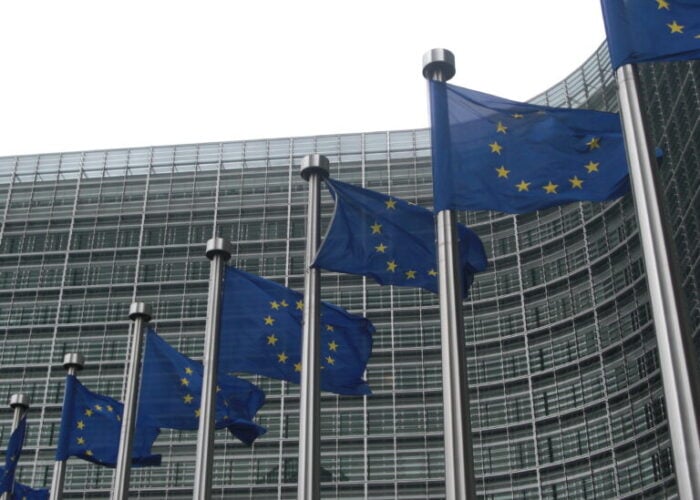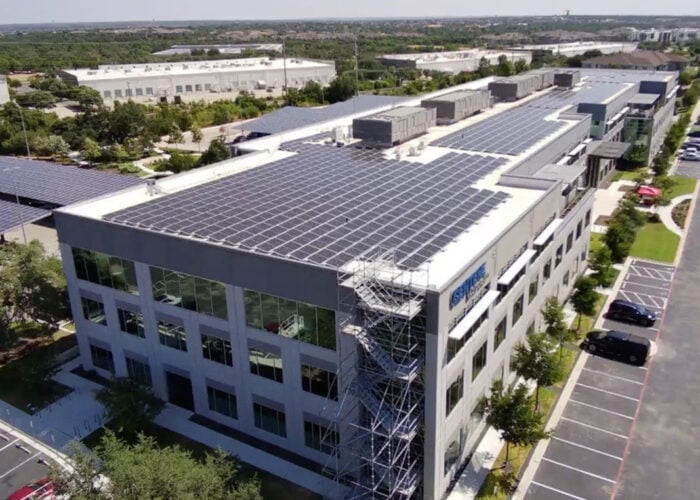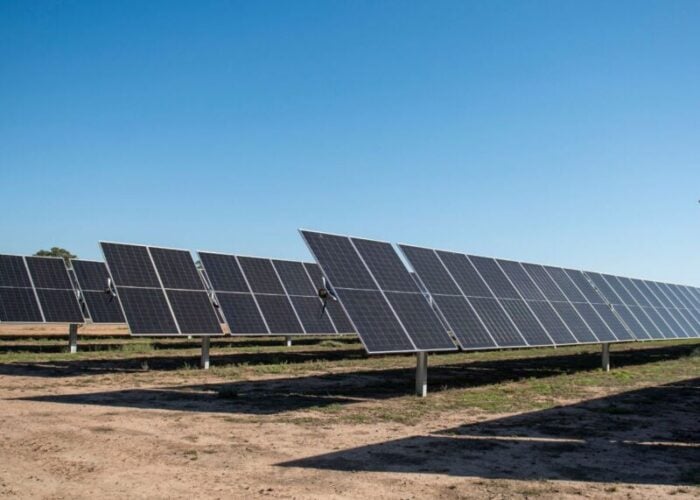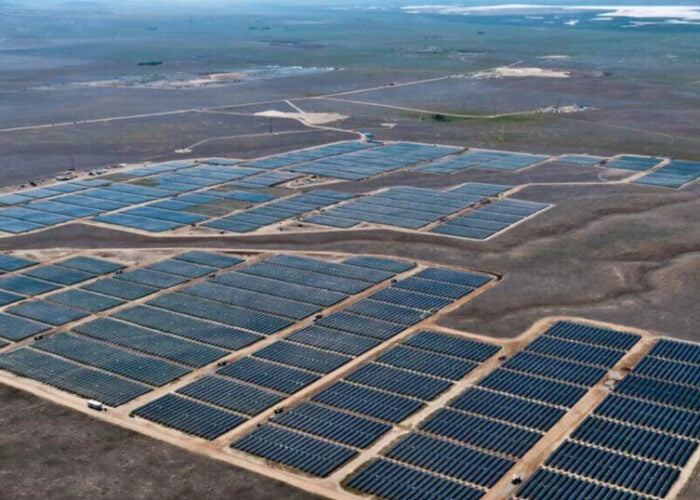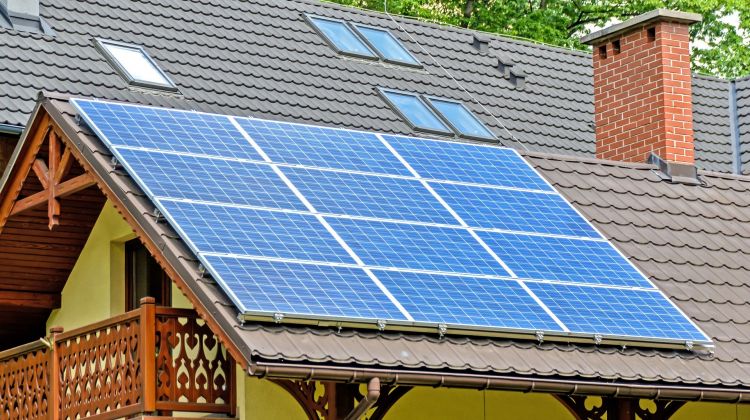
Countries have in low-cost solar and wind a chance to revive economies battered by COVID-19 but also rekindle the fight against climate change, according to the UN Environment Programme (UNEP), BloombergNEF (BNEF) and the Frankfurt School of Finance and Management.
The trio recently analysed commitments by state and private players and concluded that current pledges would deliver 826GW of new green energy by 2030, far below the 3,000GW the world would need by that year to avert catastrophic global heating.
Try Premium for just $1
- Full premium access for the first month at only $1
- Converts to an annual rate after 30 days unless cancelled
- Cancel anytime during the trial period
Premium Benefits
- Expert industry analysis and interviews
- Digital access to PV Tech Power journal
- Exclusive event discounts
Or get the full Premium subscription right away
Or continue reading this article for free
According to the new review, the present 826GW pipeline – split (see table below) between government (721GW) and private sector targets (105GW) – would also fall short of the deployment that was achieved last decade, when 1.2GW of solar, wind and others was installed worldwide.
In a statement alongside the report, German Environment minister Svenja Schulze noted that 80% of power new-builds worldwide were renewable last year. Investors and markets, she said, no longer need convincing about the “reliability and competitiveness” of green energy.
According to the study, it is up to governments to act on the private appetite, and make renewables a core part of the COVID-19 recovery. Missing this chance now may make it even harder to find money later, as the pandemic tightens its hold of public and private budgets alike.
Should states move to ramp up renewable funding, they would find every dollar spent yields more, thanks to years of tumbling technology costs. As the study pointed out, the world only invested 1% more in green energy in 2019 but delivered 12% (or 20GW) higher installs year-on-year.
Renewables to 2030: Where we are, where we need to be
| Current pledges | Pledges needed to deliver Paris Agreement | |
|---|---|---|
| Government targets | 721GW (460GW of it solar PV) | ————— |
| Corporate targets | 105GW | ————— |
| Total | 826GW | 2,836GW (1,646GW of solar, 1,156GW of wind) |
Source: Global Trends in Renewable Energy Investment 2020
The new analysis sees the UN join the campaign for a renewably-powered COVID-19 recovery, a direction of travel some world powers – including the European Union – have already adopted.
UNEP executive director Inger Andersen described renewables as “one of the smartest, most cost-effective” areas countries can now invest in. The executive called on governments to seize the window created by the “ever-falling price tag” of solar, wind and others.
“If governments … put clean energy at the heart of the COVID-19 economic recovery, they can take a big step towards a healthy natural world, which is the best insurance policy against global pandemics,” Andersen went on to say.
The warnings that global renewable investment is not enough to prevent destructive global heating have gathered momentum for some time. In late April, the International Renewable Energy Agency (IRENA) said overall funding from 2016 to 2050 must grow from 95 to 130 trillion US dollars.
The International Energy Agency (IEA) – which itself has called for a doubling of renewable investment, amid findings that capital spending will decline this year – has also warned of COVID-19’s likely squeeze on the finances of state-run firms, a key green energy financier in emerging markets.
The IEA itself has been criticised over its perceived underestimating of past and future green energy cost drops. Utility-scale solar in particular has seen an 82% slump of LCOEs [levelised costs of electricity] between 2010 (US$0.378/kWh) and 2019 (US$0.068/kWh).

